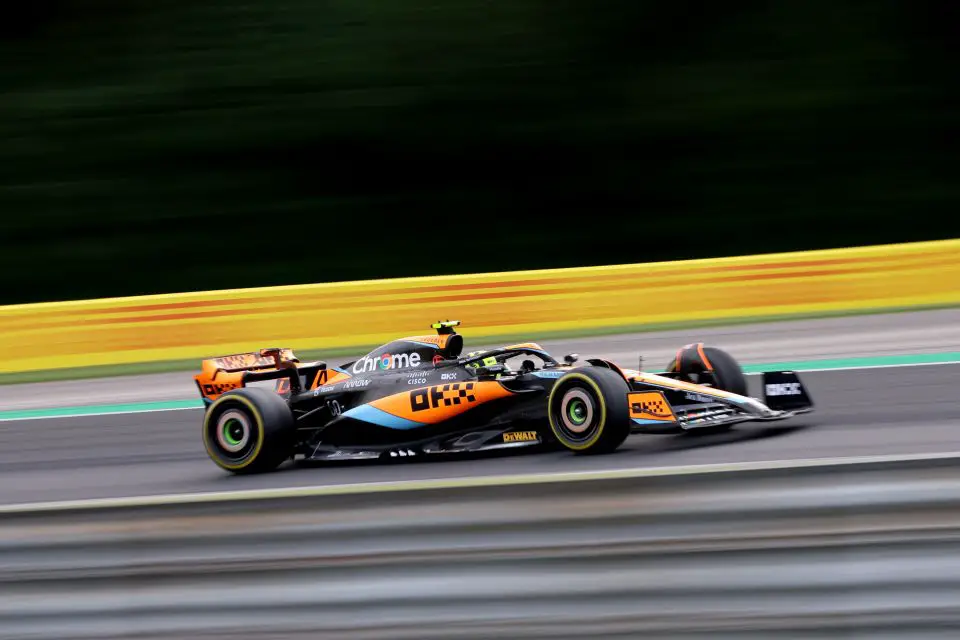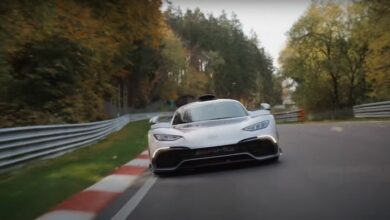Lando Norris’s Call for McLaren Review: Insight into Dutch GP Performance
Lando Norris, after a challenging Dutch Grand Prix, has expressed his dissatisfaction with McLaren’s strategies, highlighting the need for a thorough review. Starting from an impressive second position, Norris’s race was compromised by decisions made during the chaotic weather-affected event, leading him to finish seventh.
Key Takeaways:
- Norris’s frustration stemmed from the decision to stay on slick tyres when it was too wet, which he believes significantly impacted their race outcome.
- During his post-race interview, he pointed out the team’s struggle with the car’s performance in dirty air, particularly in the middle sector, which hindered their ability to compete effectively.
- Emphasizing the need for clarity in team communication, Norris remarked on the confusion caused by mixed information and the necessity for McLaren to review their strategy.

Lando Norris’s experience at the Dutch Grand Prix serves as a vivid reminder of how crucial strategic decisions are in Formula 1, especially under unpredictable conditions like sudden rain. The McLaren driver, who had a promising start from the front row, faced a steep challenge as the team’s tyre strategy did not align well with the rapidly changing track conditions.
Norris, in his interview with Sky Sports F1, candidly expressed his thoughts on the race. His initial optimism, buoyed by a strong start, quickly turned to frustration as the decision to continue on slick tyres in wet conditions proved costly. This choice not only saw Norris overtaken with ease by Perez but also set the tone for the remainder of his race, which he described as “not game over, but [a situation where] everything [was] thrown away.”
The race at Zandvoort was marked by its unpredictability, with the weather playing a significant role in shaping the outcomes for many teams. Norris’s feedback underscores the challenges drivers face in adapting to such conditions and the pivotal role of team decisions in leveraging or undermining their efforts.
Norris’s comments about the car’s performance in dirty air, especially in the middle sector, highlight an area of concern for McLaren. The inability to effectively navigate through and overtake competitors, as contrasted with Lewis Hamilton’s performance, was a notable disadvantage.
The call for a review by Norris isn’t just about this race but a broader reflection on the team’s approach and communication. His emphasis on the need for clear and decisive information is a critical aspect of racing, where every second and decision can dramatically alter the course of a race.
In conclusion, the Dutch Grand Prix was a learning curve for Norris and the McLaren team. It exposed the gaps in their strategy and communication, serving as a catalyst for introspection and improvement. As the season progresses, it will be interesting to see how McLaren responds to these challenges and whether they can translate these experiences into stronger performances in future races.


